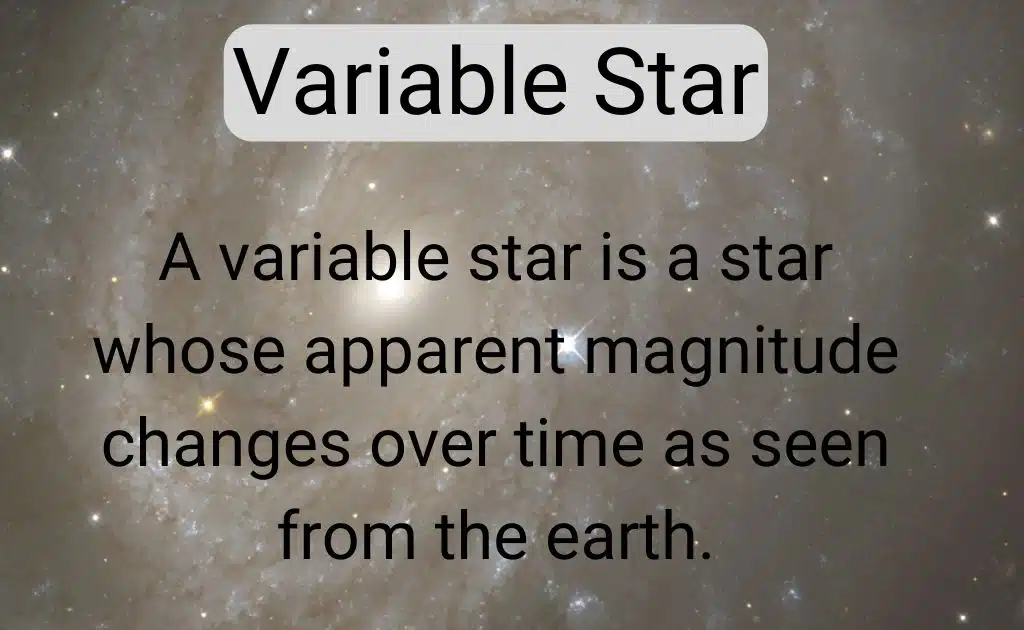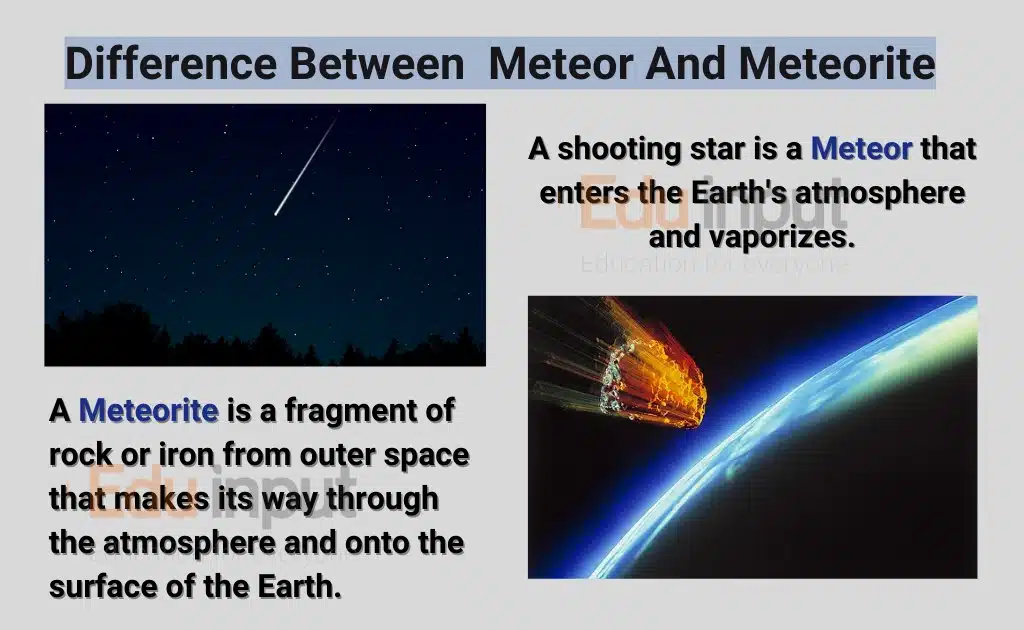Dwarf Planet-Definition, Criteria, And Offical Dwarf Planet
A dwarf planet is a small planetary-mass object that is in close proximity to the Sun and still a world in its own right. Pluto is a prototypical dwarf planet.
Dwarf Planet
The interest of dwarf planets to planetary geologists is that since they are possibly differentiated and geologically active bodies, they may display planetary geology.
Dwarf planets are celestial bodies that are too small to be considered a planet but too big to fall under smaller categories.
A dwarf planet is something that complies with the following criteria.
- It orbits around the sun.
- Its own gravity made its shape much more rounded.
Dwarf planets are one of three kinds of planetary-mass objects in the Solar System: classical planets, dwarf planets, and satellite planets. The term dwarf planet was first used to describe one of these objects, Pluto.
Dwarf planets were thus conceived of as a category of planets. The IAU considers dwarf planets and satellite planets to be planets, but since 2006 it has not included them in its roster of planets. However, Stern and other planetary geologists consider them planets.
Criteria of Dwarf Planet
There was a conflict of ideas about what a useful conception of a planet was when the category dwarf planet came about. The category dwarf planet is an important type of body, with a mass less than the Moon.
Four major groups of Solar System bodies are based on the degree to which they dominate their neighborhood. There are two objects in the Kuiper belt. A body that has the ability to be rounded off to such an extent that it loses its spherical form is considered a body that has acquired a planetary shape.
There is a population of objects that are massive enough to have a world-like appearance, and also have planetary geology, but they are not massive enough to clear their neighborhood because of their lower mass. There are examples of the asteroid belt and the Kimberly belt.
Official dwarf planet
There is no clear definition of what constitutes a dwarf planet, and whether to classify an object as one is up to individual astronomers. There is no known number of dwarf planets in the Solar System. But here are some official dwarf planets.

Pluto
A ring of bodies beyond Neptune is called the Kuiper belt and includes the dwarf planet, Pluto. It is the ninth-largest and tenth-most massive object known to be in the vicinity of the Sun. It’s the largest trans-Neptunian object by volume by a small margin, but it’s slightly less massive than Eris.
Like other Kuiper belt objects, Pluto is made of ice and rock and is much smaller than the inner planets. There is only one-sixth of the mass and one-third of the volume of Earth’s moon compared to the dwarf.
Eris
The most massive and second-largest dwarf planet in the solar system is referred to as Eris. In August 2006 it was confirmed that the object was a trans-Neptunian object, meaning it is about 30 miles away. The ninth largest object known to be around the sun is called eris.
The asteroid that was the target of the NASA probe, the Deep Impact, is the largest object in the world.
Ceres
In the asteroid belt between Mars and Jupiter, there is a dwarf planet called Ceres. Giuseppe Piazzi at the Palermo Astronomical Observatory in Sicily discovered the first asteroid on January 1st, 1801, and announced it as a new planet. When it was classified as a dwarf planet, it was the only one always inside Neptune’s circle.
Haumea
Haumea is the largest known dwarf planet and was discovered in 2004 by a Caltech team headed by Mike Brown. It’s located beyond Neptune’s orbit and could be the largest known body outside of our solar system.
Makemake
The minor planet Makemake is also known as the Dwarf Planet with the biggest moon. The moon has an extremely large orbit, which makes it the most distant satellite from its primary. Makemake is thought to be the second largest Kuiper belt object (KBO) in the classical population, with a diameter 60% of that of Pluto.
Related FAQs
What are dwarf planets?
A dwarf planet is a small planetary-mass object that is in close proximity to the Sun and still a world in its own right. Pluto is a prototypical dwarf planet.
What is the definition of a planet by IAU?
A dwarf planet is something that complies with the following criteria.
It orbits around the sun.
Its own gravity made its shape much more rounded.
Name some of the dwarf planets.
Currently, five dwarf planets, namely Ceres, Pluto, Eris, Haumea, and Makemake, have been discovered.
Why is Pluto a dwarf planet?
A ring of bodies beyond Neptune is called the Kuiper belt and includes the dwarf planet, Pluto. It is the ninth-largest and tenth-most massive object known to be in the vicinity of the Sun.







Leave a Reply